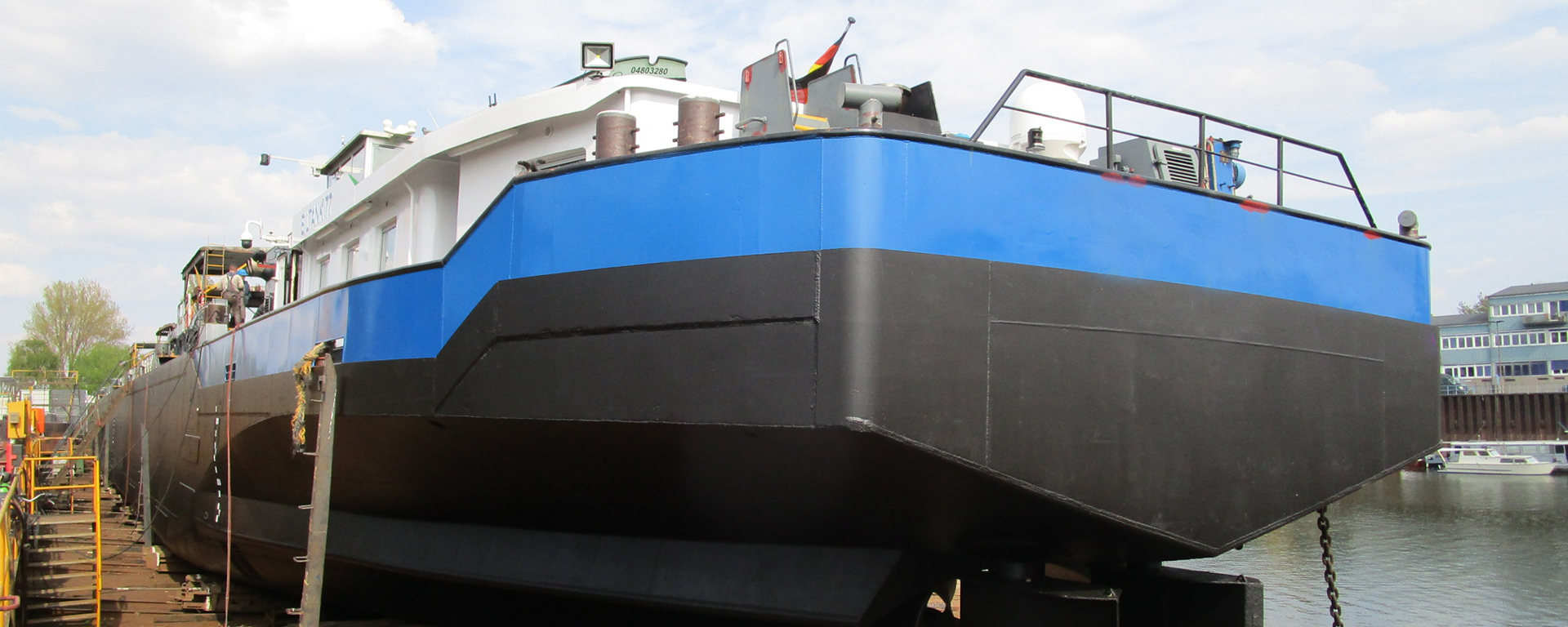Suche
Company locations
The whole picture – with just a single click. Find out here where our branches are located, what services they offer and how to contact them.
REMONDIS Group locations
Discover the world of REMONDIS with its approx. 900 branches and associated companies in over 30 countries across Europe, Africa, Asia and Australia.
BUCHEN UmweltService and REYM clean six barge tanks as part of a cross-border project
Not only industrial businesses must have their tanks cleaned. The shipping industry must as well and this is work that often has some very specific requirements. As was the case with a barge that stopped off at BUCHEN and REYM this spring. REYM’s team of specialists cleaned the ship’s four oil storage tanks and BUCHEN’s experts removed build-up and deposits in two other tanks used to store by-products of coke manufacture. Having the two sister companies clean the ship created a number of advantages for the shipping company. At the end of the day, the same is true for companies transporting freight by water as it is for land-based facilities: downtime costs money, which means it must be kept as short as possible. The close communications and ongoing contact between the two industrial service providers ensured that the different processes were perfectly dovetailed and that no time was lost. Two additional benefits on top of the rapid and professional cleaning work performed by both firms.
Mining below deck
Rhine kilometre 691.5. Cologne-Deutz Shipyard located in the east of Cologne-Mülheim Harbour. For many years now, BUCHEN has been called on at regular intervals to clean the storage tanks of two barges. Both these ships are used to transport by-products of coke manufacture. When one of the barges docks at the shipyard for an overhaul, the procedure that follows is similar to that of an industrial turnaround: a whole range of modernisation, maintenance and repair jobs must be performed in as short a time as possible – and, with so many different trades required, it can get very busy on board. BUCHEN is front of the queue when it comes to the by-product storage tanks: the team is ready to start work as soon as the barge is out of the water and on the slipway.
Wearing hazmat suits and respiratory protective equipment, the BUCHEN experts work below deck using pneumatic air hammers to detach the hardened product residue. A job similar to that carried out in mines and one that requires great care and attention because the 10mx10m tanks are equipped with panel heating. The hot-water pipes are on the floor of the tank in the product residue. Hidden from view when the work starts, it is essential that they do not come into contact with the heavy equipment. A task that requires high levels of skill and intuition – and one that is made all the more difficult as the degree of hardness of the material being removed varies.
The lumps of detached product residue are then broken up by the operatives in the tank until they are small enough to fit into plastic drums. There is only one way to remove them from the tank: through a narrow manway. The filled drums are pulled out of the tank and placed on the deck using an electric chain hoist and then transported to waiting skips by the shipyard’s portal crane. Once this has been completed, BUCHEN uses suction equipment to transfer the smaller pieces of detached material and dust still in the tank to vacuum skips. It is not possible to deploy large pieces of equipment to detach the build-up. The entrance to the tank is simply too narrow and they cannot be used with such precision as the hand-held air hammers.
Normally, these projects only involve cleaning the tank floor. This spring, however, one of the barges required an additional service that is not normally on the schedule: the 5-metre high ceiling also had to be cleaned. The freestanding scaffolding needed to do this work was erected by XERVON, who, being part of the same Group, were able to provide this service quickly and without any fuss. What’s more, BUCHEN was also commissioned to remove any product residue from the pipe system linking the ship’s tanks using its vacuum equipment and then carry out an inspection of the pipes with a camera. Working in two shifts, the industrial cleaning experts completed their tasks within four weeks. All in all, they removed around 135 tonnes of product residue, which was also processed for recycling/disposal by BUCHEN.

It is not possible to prepare ship cleaning work well in advance as the harbour and shipyard are on a very tight schedule when it comes to allocating space. This means the various machines and large pieces of equipment cannot be brought in until the ship’s exact arrival time is known. And in most cases this is not known until just a short time before.
High pressure water jetting using a closed circuit system
Ems Estuary flowing into the North Sea. Delfzijl Harbour in the north east of the Netherlands. REYM did not perform its work on the barge in the shipyard but out on the water – namely in the outlying winding hole in the Oosterhorn Canal, a branch of the Ems, that also belongs to the Delfzijl industrial harbour. It is not unusual to see REYM cleaning ships either. The services required for this particular project were, however: with the barge docked right next to the dyke, the company could not simply start setting up the equipment and machines it needed. The area required to do the work had to be prepared in advance and approved by the port authorities and the local council.
This project also involved a number of very specific challenges as the work carried out to clean the barge’s oil storage tanks had to be completely emission free and meet stringent safety standards. REYM began by lowering the pressure of the tanks so that the gases could be suctioned off. A combustion chamber was then used on site to burn off these substances to ensure they were professionally treated.
The speed at which this comprehensive workload was completed is testament to BUCHEN and REYM’s expertise. Once again, the operatives’ extensive experience, the close cooperation between the teams, the companies’ established processes and their ability to set up the equipment so quickly despite the adverse conditions all played a major role in ensuring the projects were a success.
REYM’s team deployed high pressure water jetting technology to carry out the actual cleaning tasks. A heater needed to be set up here as well as the water had to be heated up to 50°C before the work could begin. As was the case with their colleagues in Cologne, the operatives entered the storage tanks where they performed their tasks below deck wearing hazmat suits and respiratory equipment. The residue generated by the cleaning work was suctioned out and temporarily stored in a so-called Reymtainer. The product was then returned to the customer in heated tank containers so it could be reused. 159 tonnes of material were processed by REYM.
REYM’s teams also worked in two shifts to keep the time the barge needed to be at Delfzijl Harbour as short as possible. Within just under five weeks, the project was successfully completed and the ship able to continue on its journey.



